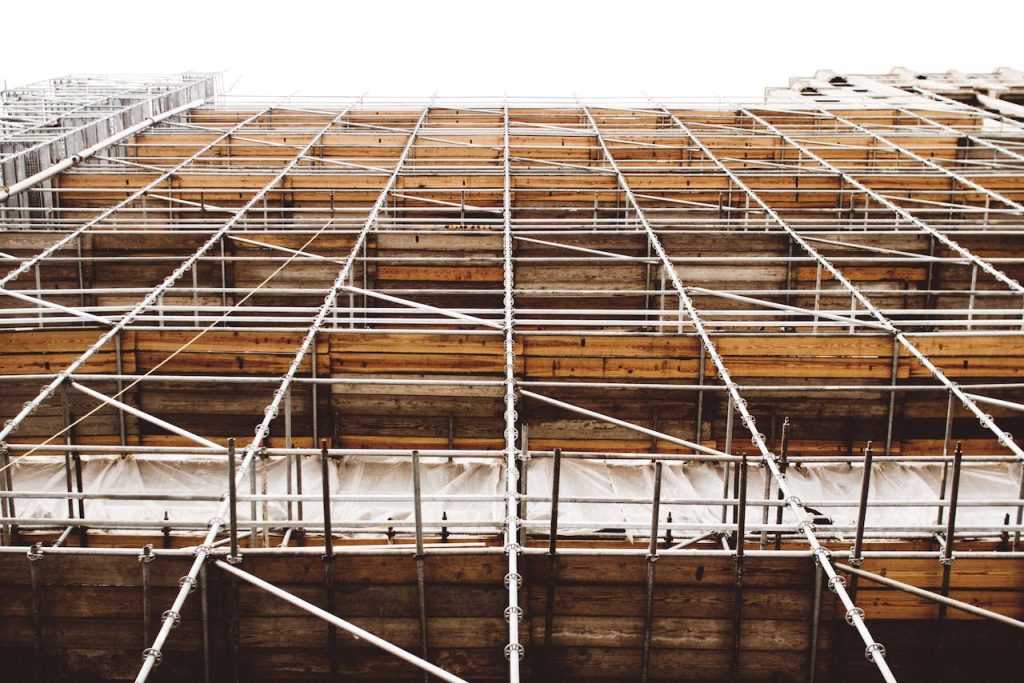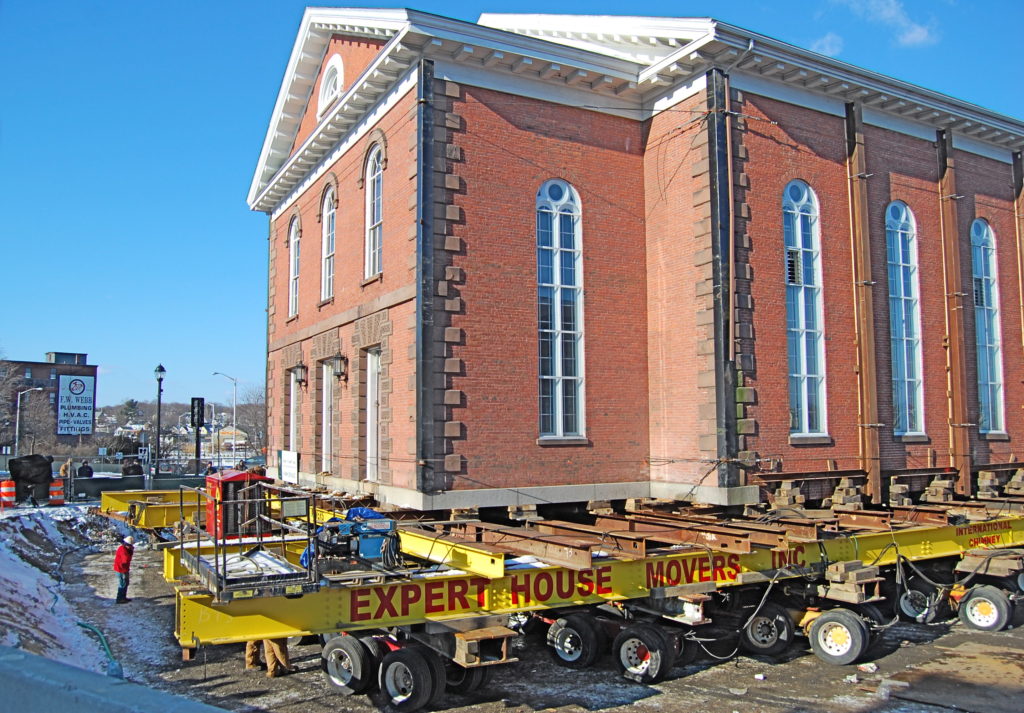In the realm of construction, where every detail matters, the importance of scaffolding cannot be overstated. Scaffolding is more than just a temporary structure; it is a crucial element in ensuring the safety of construction projects and preserving the integrity of buildings. In this comprehensive exploration, we delve into the paramount significance of scaffolding and why it stands as an indispensable tool for safeguarding structures during the construction process. For your construction needs, including safe and reliable scaffolding, click here for scaffolding hire.
1. Ensuring Worker Safety
At the forefront of the importance of scaffolding is its role in ensuring the safety of construction workers. Working at heights poses inherent risks, and scaffolding provides a secure platform for workers to perform their tasks with stability and confidence. This not only minimises the chances of accidents but also contributes to a safer working environment, instilling a sense of security in the construction team.
2. Facilitating Efficient Access
Scaffolding offers a versatile and accessible structure that allows workers to reach various heights and sections of a building with ease. This facilitates efficient access to different parts of the construction site, enabling workers to carry out tasks such as bricklaying, painting, or repairs without the need for constant adjustments or the use of cumbersome equipment. The result is a streamlined workflow that enhances overall project efficiency.
3. Distributing Weight Equitably
One of the key principles of scaffolding is its ability to distribute weight evenly across its structure. This is particularly crucial when undertaking tasks that involve heavy materials, machinery, or multiple workers. By providing a stable and evenly distributed platform, scaffolding minimises the risk of overloading and structural strain, ensuring that the construction process progresses without compromising the stability of the building.
4. Supporting Construction Materials
Construction projects often involve the use of heavy materials and equipment. Scaffolding serves as a robust support system for these materials, allowing for their efficient transport and placement at different heights. This capability not only enhances the speed of construction but also reduces the physical strain on workers, promoting a safer and more productive work environment.
5. Enabling Precision in Construction Tasks
Precision is paramount in construction, and scaffolding plays a pivotal role in facilitating accurate and meticulous work. Whether it’s installing windows, applying finishes, or conducting inspections, the stability and adjustability of scaffolding provide workers with the platform needed to carry out tasks with precision. This level of accuracy contributes to the overall quality of the construction project.
6. Adapting to Various Architectural Designs
The diversity of architectural designs requires a flexible and adaptable support system. Scaffolding, with its modular and customisable components, can be tailored to suit the specific requirements of various construction projects. This adaptability ensures that no matter the complexity or uniqueness of the architectural design, scaffolding can be configured to provide the necessary support and access.
7. Complying with Health and Safety Regulations
The construction industry is subject to stringent health and safety regulations. Scaffolding is designed to comply with these regulations, providing a structured and regulated environment for work at heights. This not only ensures the well-being of construction workers but also mitigates the risk of legal and financial repercussions for construction companies, reinforcing the importance of scaffolding in meeting industry standards.
8. Fostering Team Collaboration
A well-constructed scaffolding system fosters collaboration among construction teams. With multiple workers able to access different levels simultaneously, tasks can be carried out more efficiently. This collaborative aspect of scaffolding contributes to a cohesive and synchronized construction process, ultimately leading to the timely completion of projects.
9. Preventing Damage to Surrounding Structures
During construction, it’s vital to prevent damage to the existing structures surrounding the building site. Scaffolding provides a protective barrier that minimises the risk of falling debris or materials, safeguarding not only the construction site but also adjacent properties. This proactive approach to risk management enhances overall project safety and community relations.
10. Preserving Architectural Features
In cases where construction involves the restoration or preservation of historical or delicate architectural features, scaffolding becomes a crucial ally. It allows workers to access intricate details without causing harm to the structure. This delicate approach ensures that the original integrity of the building is maintained, aligning with preservation goals and heritage considerations.
Conclusion
In the intricate dance of construction, where precision, safety, and efficiency are paramount, scaffolding emerges as an unsung hero. Its multifaceted role in ensuring worker safety, facilitating access, and supporting construction processes makes it an indispensable tool for safeguarding structures and preserving building integrity. For your construction projects, including safe and reliable scaffolding, click here for scaffolding hire.



